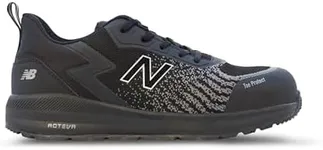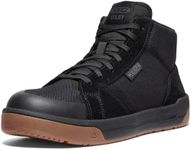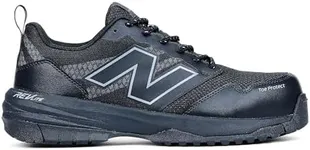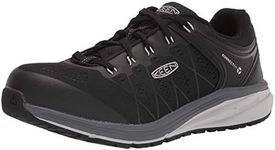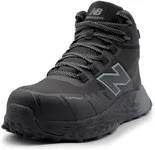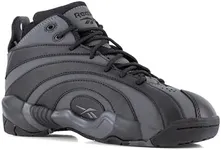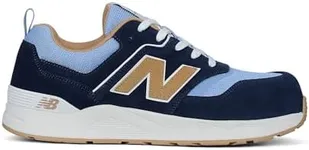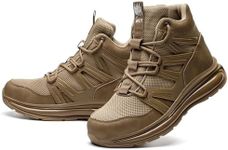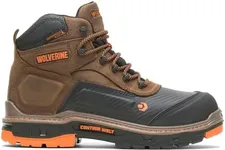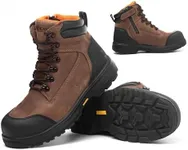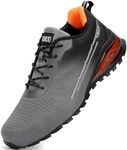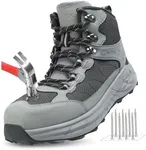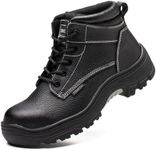Buying Guide for the Best Comfortable Composite Toe Work Shoe
When choosing a comfortable composite toe work shoe, it's important to consider several key specifications to ensure you get the best fit for your needs. Composite toe work shoes are designed to provide protection while being lighter and more comfortable than traditional steel toe shoes. They are ideal for those who need safety footwear but also prioritize comfort for long hours of wear. Here are the key specs to consider and how to navigate them to find the perfect pair for you.Composite ToeThe composite toe is a crucial feature in work shoes as it provides protection against impact and compression. Unlike steel toes, composite toes are made from non-metal materials like Kevlar, carbon fiber, or plastic, making them lighter and more comfortable. When choosing a composite toe, consider the level of protection you need based on your work environment. For heavy-duty tasks, ensure the composite toe meets safety standards like ASTM or EN ISO. For lighter tasks, a basic composite toe might suffice.
Comfort and FitComfort and fit are essential for work shoes, especially if you wear them for long hours. Look for shoes with cushioned insoles, arch support, and breathable materials to keep your feet comfortable. Shoes with adjustable features like laces or straps can help you achieve a better fit. To find the right fit, try on shoes at the end of the day when your feet are slightly swollen, and wear the same type of socks you plan to use with the shoes. Ensure there is enough room in the toe box and that the heel fits snugly without slipping.
DurabilityDurability is important to ensure your work shoes last through tough conditions. Look for shoes made from high-quality materials like leather or durable synthetic fabrics. Reinforced stitching and sturdy outsoles can also enhance the longevity of the shoes. Consider the type of work you do and the environments you are in; for example, if you work in wet conditions, waterproof or water-resistant materials are a must.
Slip ResistanceSlip resistance is a key safety feature, especially if you work in environments with slippery surfaces. Shoes with slip-resistant outsoles provide better traction and reduce the risk of slips and falls. Look for shoes with rubber or polyurethane outsoles that have deep treads or patterns designed to grip the floor. If you work in particularly slippery conditions, prioritize shoes with high slip resistance ratings.
BreathabilityBreathability is important to keep your feet cool and dry, especially during long work hours. Shoes with breathable materials like mesh or moisture-wicking linings help to prevent sweat buildup and reduce the risk of blisters and odor. If you work in hot environments or tend to have sweaty feet, prioritize shoes with good ventilation and moisture management features.
WeightThe weight of the shoe can significantly impact your comfort, especially if you are on your feet all day. Composite toe shoes are generally lighter than steel toe shoes, which can reduce fatigue. When choosing the weight, consider the nature of your work; if you need to move quickly or cover long distances, lighter shoes will be more comfortable. However, ensure that the lighter weight does not compromise the protective features you need.
